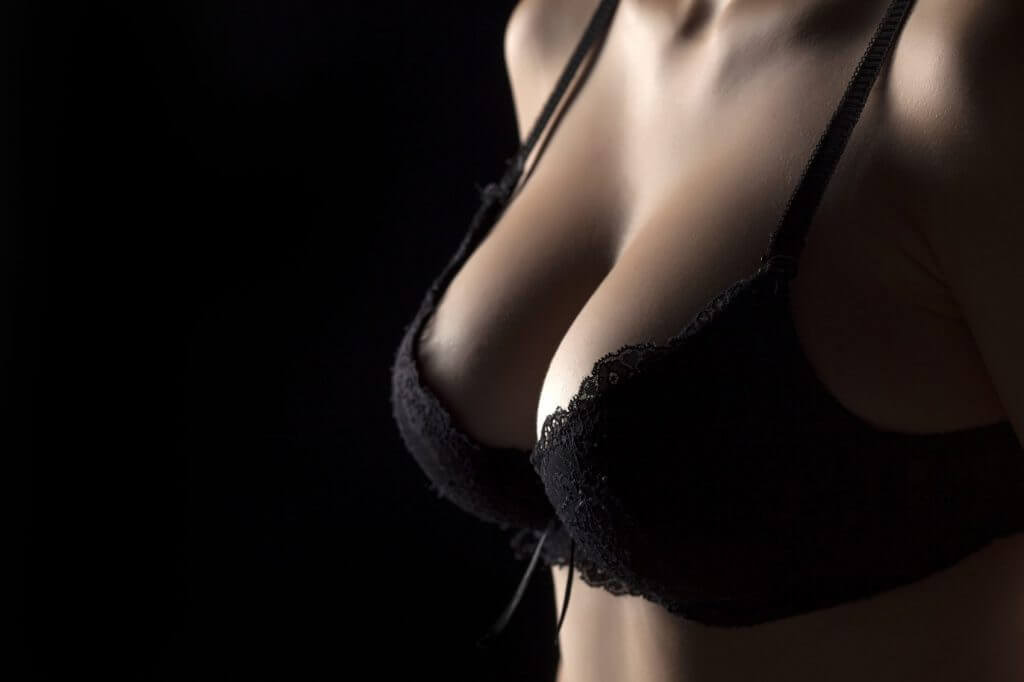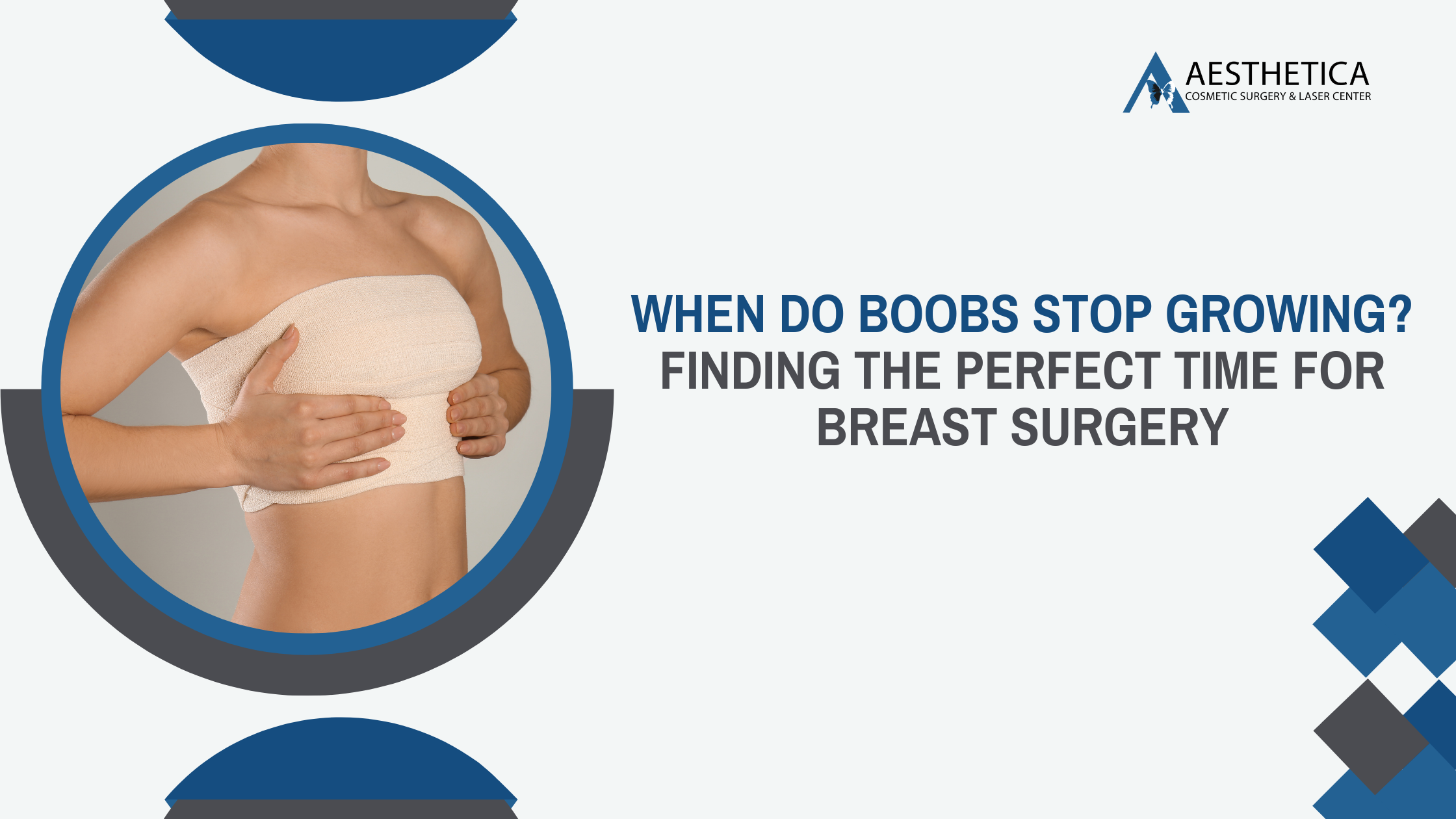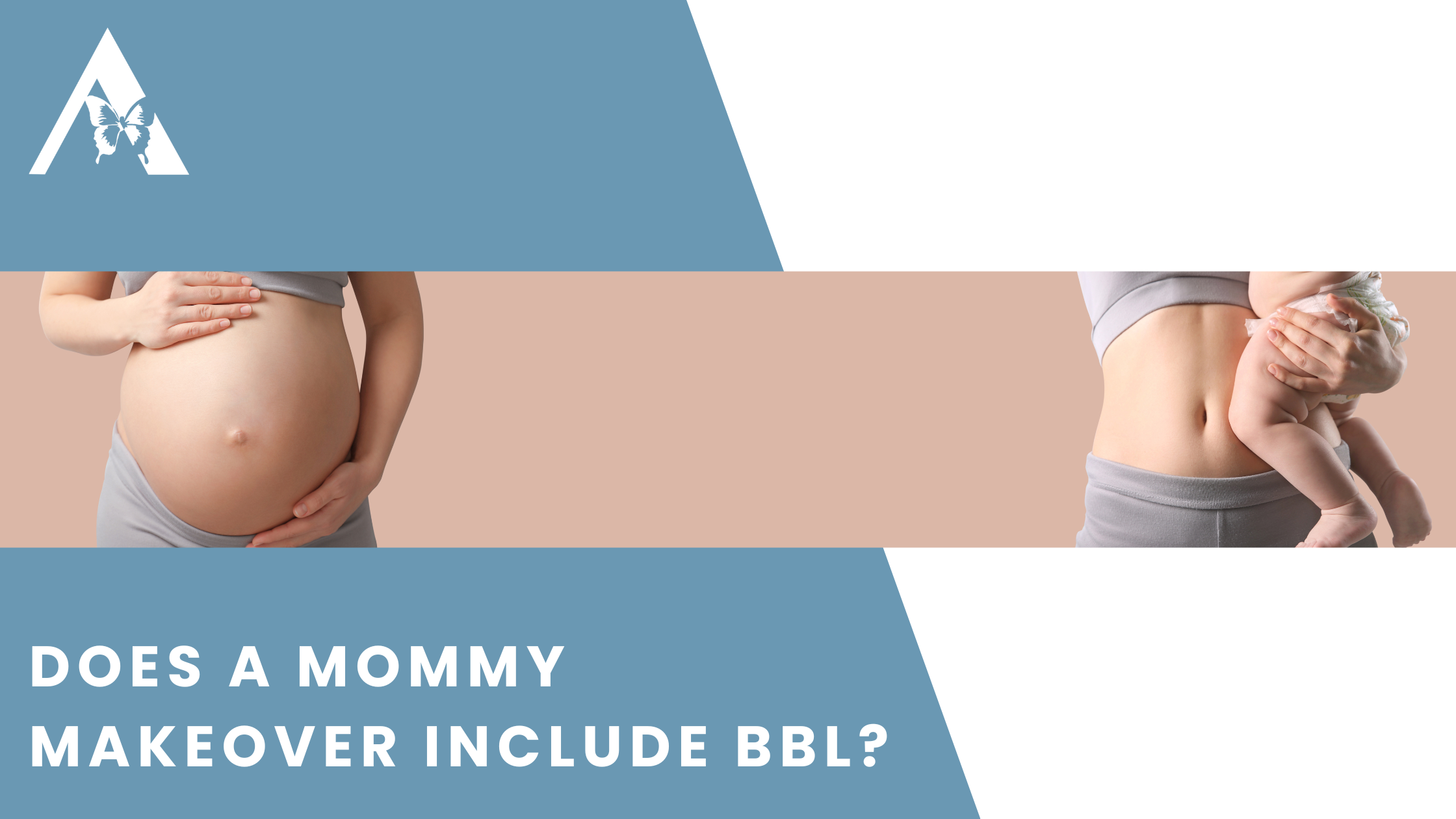Learn About Breast Augmentation Scars and Complications9 min read


Phillip Chang
Plastic Surgeon at Aesthetica Cosmetic Surgery and Laser Center in Leesburg, Virginia

Capsular contraction is one of the most common complications associated with breast augmentation and represents one of the most common reasons for revision surgery. This article reviews a study on how the Keller Funnel is an important tool in the prevention of capsular contracture and presents the 6 steps that your plastic surgeon should be using to prevent this complication.
Capsular Contracture after Breast Augmentation
Capsular contraction is one of the most common complications associated with breast augmentation and represents one of the most common reasons for revision surgery. Under normal circumstances, there is a thin film of tissue that forms around the implant. This film is normally the thickness and consistency of rice paper. Capsular contracture describes the condition where the normal film of rice-paper type tissue becomes abnormally thick. Mild cases might not be bothersome, but some capsules can be be very thick, feel hard, and can even distort the appearance of the breast.
The exact causes of Capsular contracture has not been completely worked out. The primary hypothesis, however, appears to be subclinical bacterial contamination. That is to say, that despite what appears to be sterile surgical conditions, microscopic bacteria can still be present in numbers small enough not to cause an infection but are large enough to create local problems like abnormal inflammatory tissue formation… capsular contracture. The main bacterium found in capsules is Staphylococcus epidermidis, which is present on the skin and in the breast ductal secretions.
Methods that have been shown to decrease the incidence of capsular contracture include
- Avoid the underarm ( transaxillary ) incision
- Avoid the nipple ( peri-areolar ) incision
- Placement of the breast implant underneath the chest muscle
- Keep the breast implant from touching the skin despite sterility
- Wash the breast implants with Triple antibiotic solution
- Use a Keller Funnel to place the breast implant
- Close the incision in multiple layers ( fascia, dermis, epidermis )
Each of these surgical principles have one thing in common. They all decrease the risk of bacterial contamination. The underarm is an extremely dirty place and very difficult to
Avoid the armpit or transaxillary incision
The transaxillary or armpit incision is a great incision to use if you trying to avoid any incisions at all on the breast. Dancers for example frequently ask for this incision. This surgical option, however, has higher complications than other incisions. These include a higher risk of subclinical bacterial contamination because of the dirty nature of the armpit and a higher risk of malposition given that the transaxillary incision is further away from the final implant position than the other incision types.
It has been found that periareolar breast augmentations have an increased incidence of capsular contracture compared with other incision types such as inframammary fold breast augmentations– 9.5% compared with 0.59%, respectively.
One way of decreasing the potential for subclinical bacterial contamination is to use the Keller Funnel which allows the surgeon to place and handle the breast implant without touching the armpit tissues.
Avoid the nipple or peri-areolar incision
The the per-areolar incision is another commonly used incision for breast augmentation. The scar generally blends nicely and inconspicuously in the line between the pink areola skin and the normal skin. The problem is that the milk ducts harbor bacteria; and are not removed using surgical scrub soap. This incision has been shown to have higher numbers of capsular contracture. One way of decreasing the potential for subclinical bacterial contamination is to use the Keller Funnel which allows the surgeon to place and handle the breast implant without touching the skin and milk ducts.
Placement of the breast implant below the pectoralis chest muscle
Muscles are extremely vascular and theoretically distribute antibiotic and healthy immune cells better than other tissues. Placement of the breast implant below the chest muscles have several benefits including a softening of the round breast implant better and easier views for the radiologists when performing mammograms. The most important reason, however, might be that the capsular contracture rate drops from nearly 50% in some reports to less than 5%.
Keep the implant from touching the skin or no touch technique
Despite surgically scrubbing the skin prior to a breast augmentation procedure, microscopic bacteria or probably still present in small numbers. They might not be enough to cause an infection, but may be enough to contaminate the implant. While not entirely possible, your surgeon should try not to touch the skin with the implant. One way of decreasing the potential for subclinical bacterial contamination is to use the Keller Funnel which allows the surgeon to place and handle the breast implant without touching the skin.
The Keller Funnel decreases the potential for bacterial contamination
The development of the Keller Funnel, a mechanical insertion device, in 2009 maximized a no-touch implant technique by giving an alternative to hand-placement of implants into breast pockets.24
The funnel is constructed of polymeric vinyl with a lubricous hydrophilic coating. The funnel is cut to implant size and then hydrated before the implant is poured directly from the packaging into the funnel. Finally, the funnel is placed about 1 cm inside the dissected pocket, and the implant is advanced through the funnel into the pocket as a no-skin touch technique.
The funnel makes implant insertion safer by decreasing the shell trauma to the implant, the contact with the patient’s skin, and the contact with the surgeon’s gloves during insertion. The funnel has been experimentally shown to reduce skin contact and contamination by 27-fold (P = 0.00059).22,25
Experimental Hypothesis: The rate of capsular contracture in patients having periareolar breast augmentations with the use of a Keller funnel for insertion is statistically lower than patients having periareolar breast augmentations without the use of a Keller funnel for insertion.
Wash and bathe the implants in triple antibiotic solution
Antibiotics obviously kill bacteria. Implants can be washed in antibiotic solution prior to their insertion. Some surgeons, including myself, will also bathe the breast pocket before and after the implant placement with antibiotic solution. Your health and well-being should be important enough to follow each step. A research study by Adams showed that triple antibiotic solutions are better than simply using one antibiotic in decreasing the rates of capsular contracture. I will also bathe the Keller funnel with antibiotic solution.
Close the scar or incision in multiple layers
Closing the operative incision in multiple layers is important for several reasons. First, it decreases the potential for bacteria to re-enter the deeper tissues particularly if you have problems with local skin or suture infections after your surgery. Secondly, a strong skin closure will improve the appearance and quality of your scars.
Research Study
Davison, in a study of 237 patients, demonstrated many of the principles described here. The study showed that the use of the Keller Funnel for breast augmentation decreased the rate of Capsular Contracture. They found that using a Keller funnel decreased the rate of capsular contracture by up to 87%. They concluded that the intraoperative use of a Keller funnel is a mechanical way to decrease the implant’s contact with the skin and ducts, reducing bacterial contamination that can cause these biofilms even in procedures performed through a periareolar incisi
- The first to use the Keller Funnel at INOVA Loudoun Hospital in Northern Virginia reduces the rate of clinical and subclinical implant infections, micro-trauma to the breast implant, and decreases scar length and healing
- Triple antibiotic decreases the rate of clinical and subclinical bacterial infections
- Placement of the breast implant under the muscle decreases the rate of capsular contracture
- Placement of the breast implant under the muscle allows the radiologist to better screen for breast cancer
- Placement of the breast implant in the under-breast crease decreases bacterial contamination seen around the nipple ducts and arm-pits.
Davison, in a study of 237 patients, demonstrated many of the principles described here. They found that using a Keller funnel decreased the rate of capsular contracture by up to 87%. They concluded that the Keller funnel is a mechanical way to decrease the implant’s contact with the skin and ducts, reducing bacterial contamination even in procedures performed through a periareolar incision

Best Plastic Surgeon Virginia
Effect of Keller Funnel on the Rate of Capsular Contracture in Periareolar Breast Augmentation
Ashley N. Newman, BS1 and Steven P. Davison, MD, DDS,
https://www.ncbi.nlm.nih.gov/pmc/articles/PMC4579163/
Plastic Surgeon Virginia
Dr. Phillip Chang is a Plastic Surgeon known to be one of the best breast surgeons in Virginia after performing hundreds of breast procedures for almost 20 years. His innovative techniques have been highlighted in national magazines and educational channels prompting patients across the country to send revision breast reduction procedures to his office in Northern Virginia outside of Washington, DC.
Visit his office in Leesburg, Virginia in Loudoun County. Fill out the contact form for more information on how we can help you with your breast reduction surgery.
What You Get
Innovations in cosmetic surgery, coupons and specials and invitations to our free seminars
Sign Up For Our Newsletter
More Articles For You

What’s a Unit of BOTOX Anyway? | Aesthetica GoToBeauty
Have you ever heard about BOTOX and wondered what it’s all about? It’s like the

When Do Boobs Stop Growing? Finding the Perfect Time for Breast Surgery
Ever wondered when your boobs finally decide to take a break from growing? Or you’re
Are Silicone Injections in Buttocks Safe?
In today’s world, where the aesthetic appeal of one’s body can often feel as though

Does a Mommy Makeover Include BBL?
Many women look forward to the blessings of motherhood. Having a child is a very
